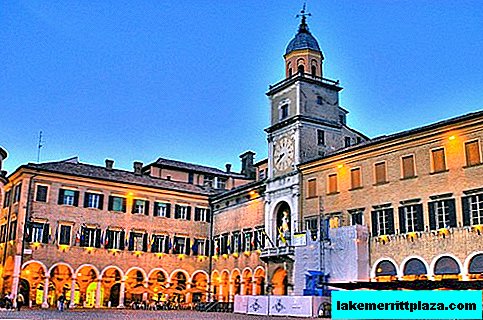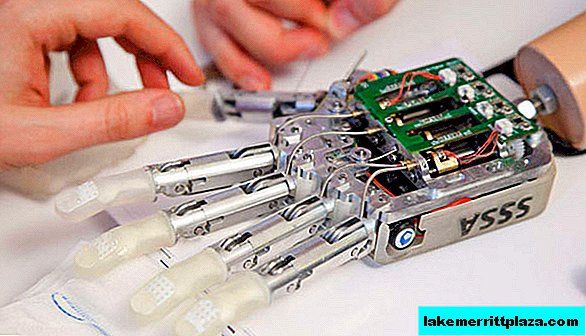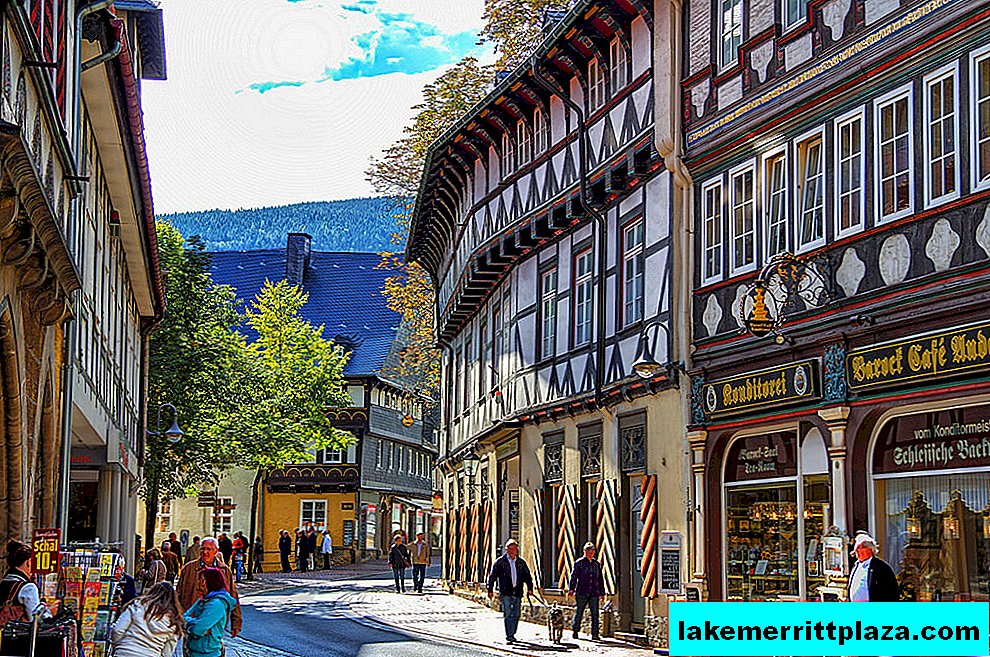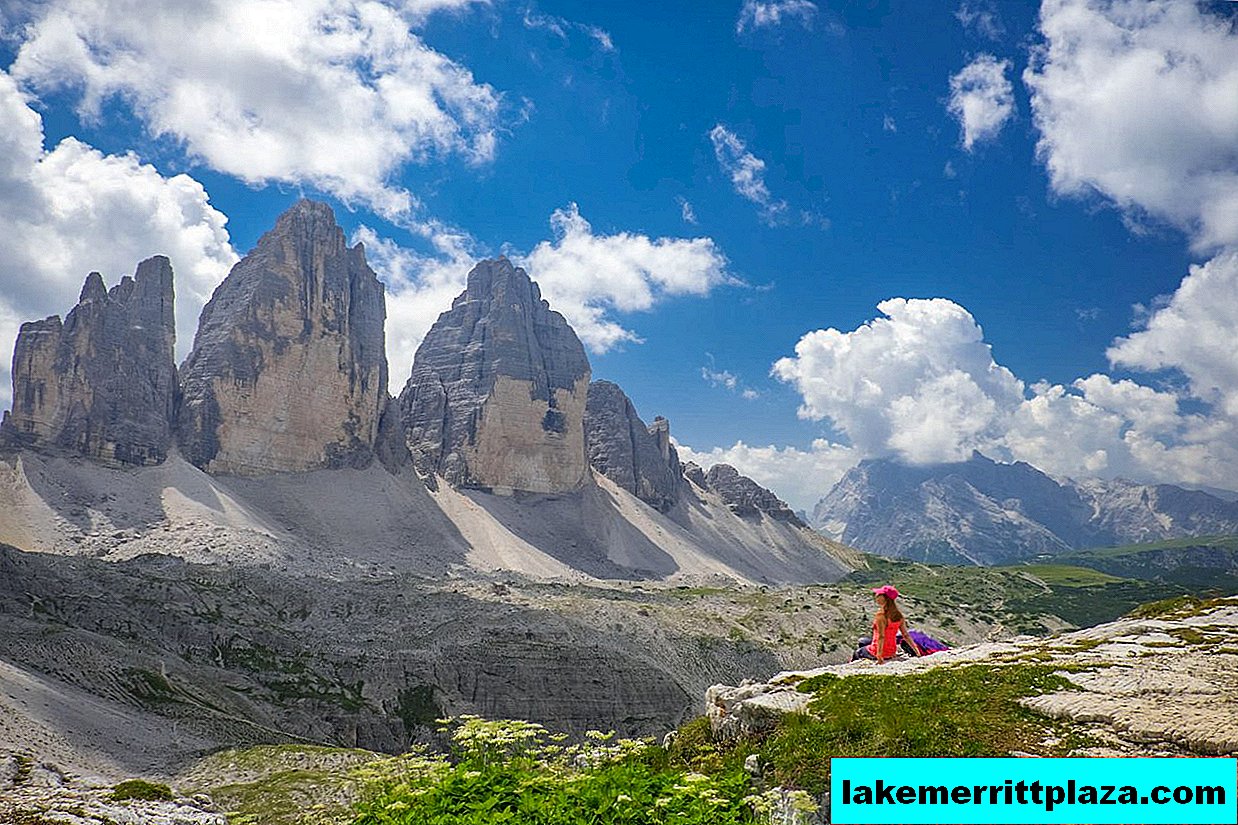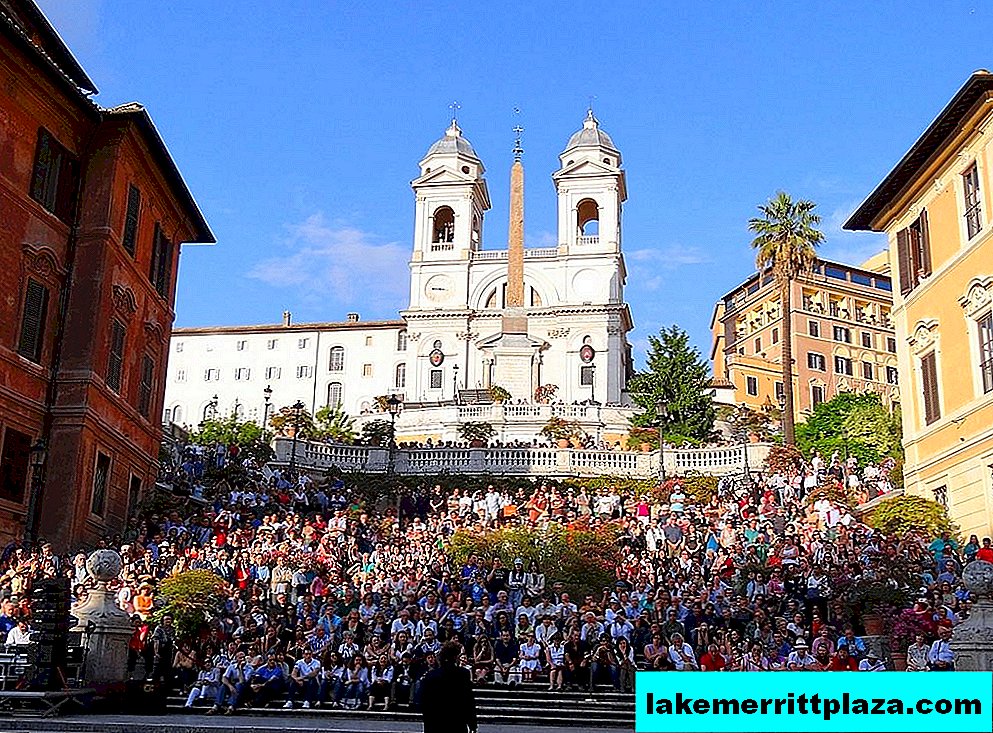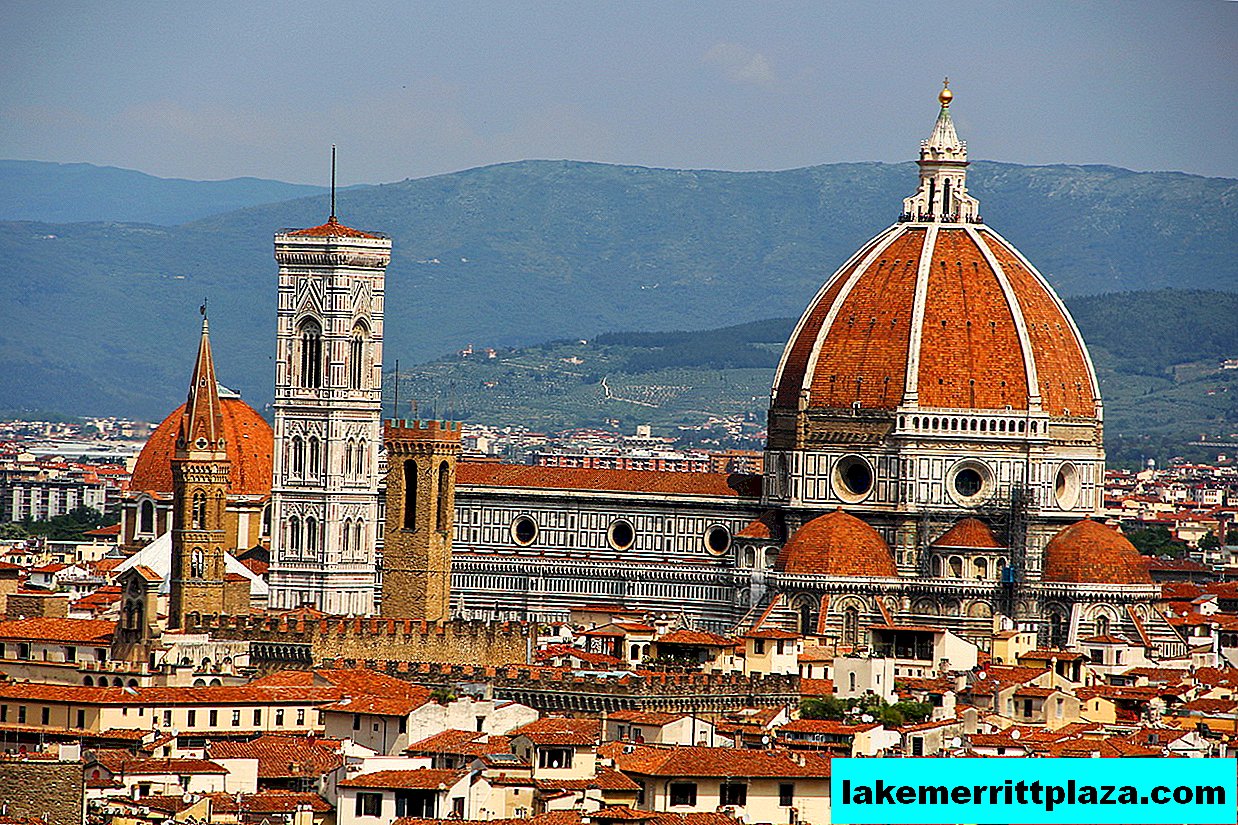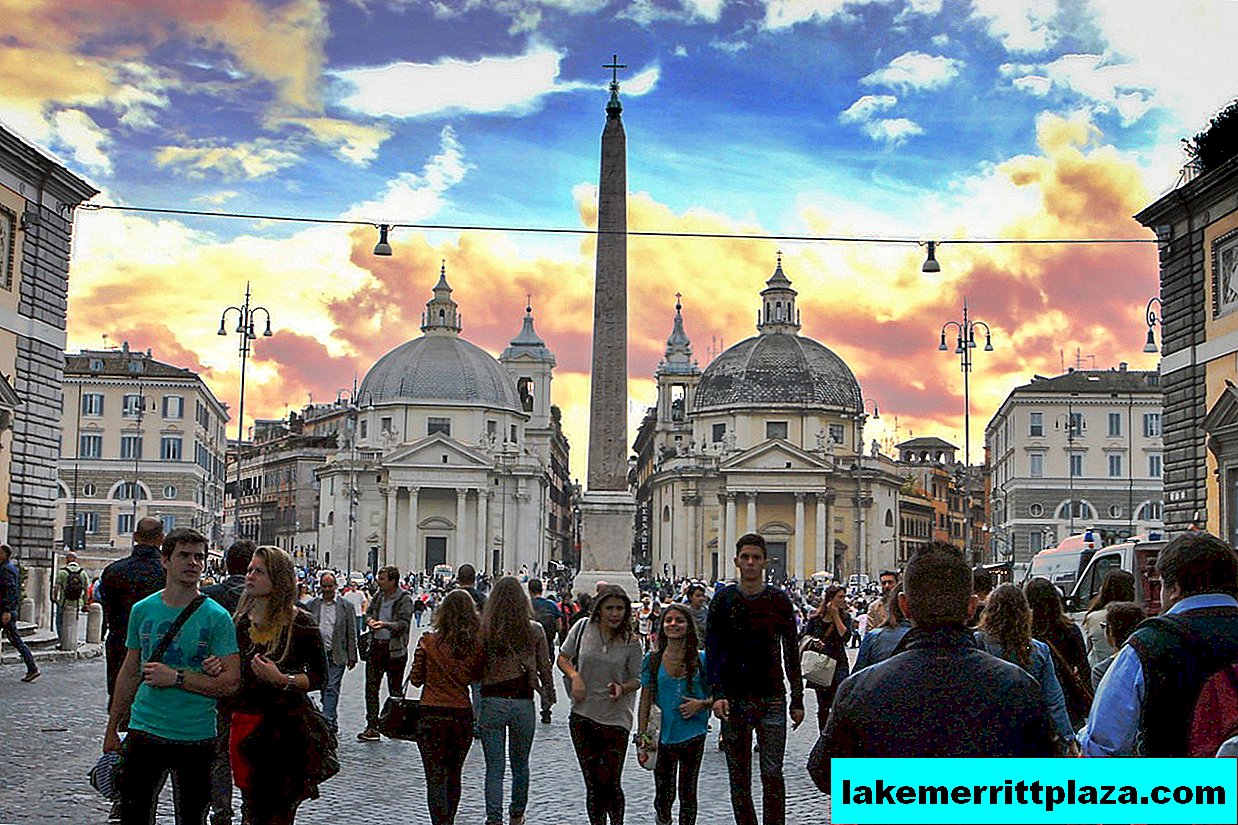Following the first part of the post, Sicily: the most remarkable places on the island Blogoitaliano continues to acquaint readers with those attractions that should definitely be given special attention during your trip. Moreover, trying to distribute them in importance between the two posts, we could not come to a single decision, which of them are more and which are less worthy of attention.
Lost between the small towns of Mazzarino and Piazza Armerina, Roman villa del Casale dates back to the 3rd century AD Judging by the luxury of the premises and the surrounding area, the villa belonged to a Roman with a high position in society.
Roman Villa del Casale (Italian: Villa Romana del Casale)
It is here, according to many experts, is the world's most beautiful collection of mosaic paintings, preserved from antiquity to the present day almost in its original form. In total, forty mosaic plots with scenes from mythology and real life of the ancient Romans are presented on the territory of the villa.
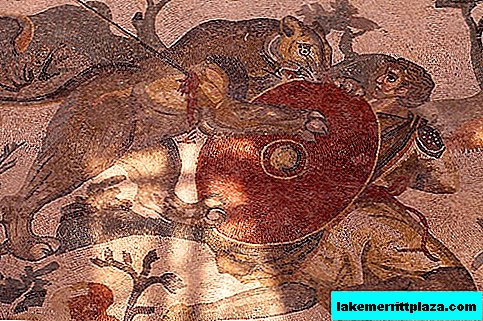
Mosaic paintings from antiquity preserved in its original form
Archaeologists discovered an ancient villa in 1929 under a thick layer of silt that covered its territory after the flood that occurred here in the XII century. This burial became a kind of sarcophagus, which helped to avoid damage and preserved unique mosaic paintings.
Capuchin Catacombs (Catacombe dei Cappuccini)
Capuchin Catacombs a kind of "museum of mummies" located in the dungeons of the Capuchin monastery on the Capuchin Square in Palermo.
More than 8 thousand people found their last refuge in the underground labyrinths of the monastery, founded by the Order of the Capuchins. Initially, only monks were buried here. However, when it was noticed that the local corpses were almost not smoldering, the monastery dungeon turned into a cemetery for the laity, who donated significant sums for the needs of the monastery.

Here, more than eight thousand people have found their last refuge
In total, there are six corridors in the catacombs in which mummies stand, lie and simply hide in niches, separated by sexual, professional, and other characteristics. Here you can see monks, religious figures, military, sculptors, etc. In two chapels - cubes - are the bodies of children and virgins.
One of the most famous exhibits of the Museum of the Dead is the girl Rosalia. Her body is embalmed so skillfully that after the death that occurred in 1920, lying in a glass coffin, she looks just sleeping.
Volcano Etna (Italian: Etna Volcano)
Volcano Etna will give its visitors truly unforgettable emotions. The path to the top - whether by car or sightseeing bus - is like traveling through climatic zones, and the lifeless landscape with huge dunes of frozen lava resembles, more likely, the lunar surface than the Mediterranean island. At the top of the snow lies even in the hot summer months, so when planning to climb, take care of warm things in advance.
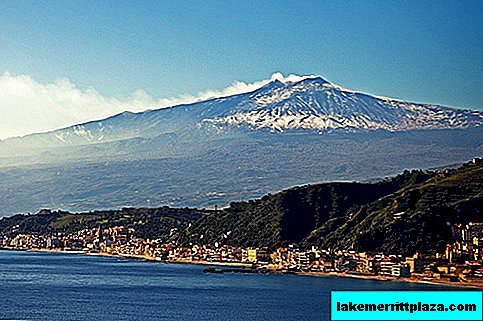
- In the recent past, the character of Etna was quite calm ...
The highest volcano in Europe (3329 m) - Etna continues to attract tourists with its impressive power. In the recent past, Etna’s character was quite calm, and the locals called him “friendly,” however, in recent years, cases of activity have become more frequent. The last significant eruption was observed here in July 2011, and lava emissions reached a height of 450-500 meters.
Palermo (Italian: Palermo)
Palermo- The main and largest city of Sicily. Here, a striking contrast is felt between the past and the present. Founded in the 8th century BC the Phoenicians, the city keeps in memory of the Arab, Greek, Byzantine and other conquerors, whose presence affected its architectural styles and cultural heritage. A huge number of Cathedrals, churches, museums, gardens and theaters (more than 20) are located on the three main streets of Palermo: Corso Vittorio Emanuele, Via Maqueda and Via Roma.

The contrast between past and present is especially felt here.
Upon arrival in Palermo, we advise you to immediately get a card, which is distributed free of charge at information kiosks scattered throughout the city. On the map there are several tourist routes and the main attractions of Palermo are indicated. The latter, however, are located at a considerable distance from each other, so you need to be prepared for long walks or numerous crossings.
When you are in Palermo, you should definitely map your routeChapel palantina (Italian: Cappella Palantina), located in the Norman Palace (Italian: Palazzo dei Normann), the Catacombs of the Capuchins described above, and, of course, the city market is the center of public life of any more or less large Italian city.


